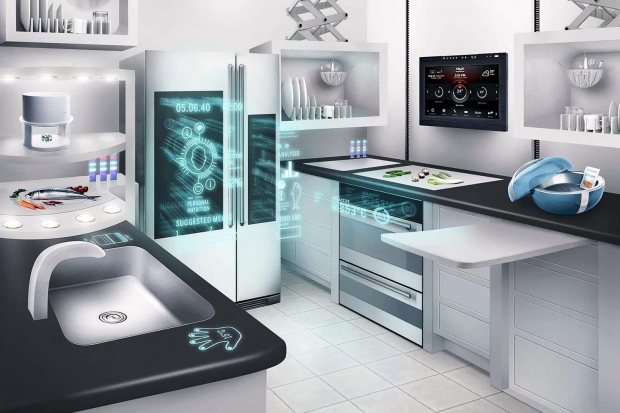LiteOS, is based on Linux and is only 10KB. It manages to pack in support for zero configuration, auto-discovery, and auto-networking. The operating system will be open for developers to tinker with, and is destined for use in smart homes, wearables, and connected vehicles.
LiteOS can even run on Huawei's newly announced Agile Network 3.0 Architecture and the company hopes that by promoting a standard infrastructure, it can push the development of internet and IoT applications.
Liu Shaowei, President of Huawei's Switch and Enterprise Communication Product Line thinks that it is better to concentrate on creating tools and platforms that can be used by others to create their own devices.
He said for three years, Huawei has been involved in a number of in-depth technological collaborations with its global industry partners in IoT.
"We have developed a series of IoT solutions that have already been applied to buildings, electricity meters, vehicles, gymnasiums, factories, retail outlets, and street lights. In line with our approach to provide BDII (Business-driven ICT Infrastructure), Huawei will continue to work with more partners to launch solutions based on our Agile Network architecture for different vertical industries," Liu said.
The big idea is that the operating system will be used in a range of consumer, business and enterprise products.




